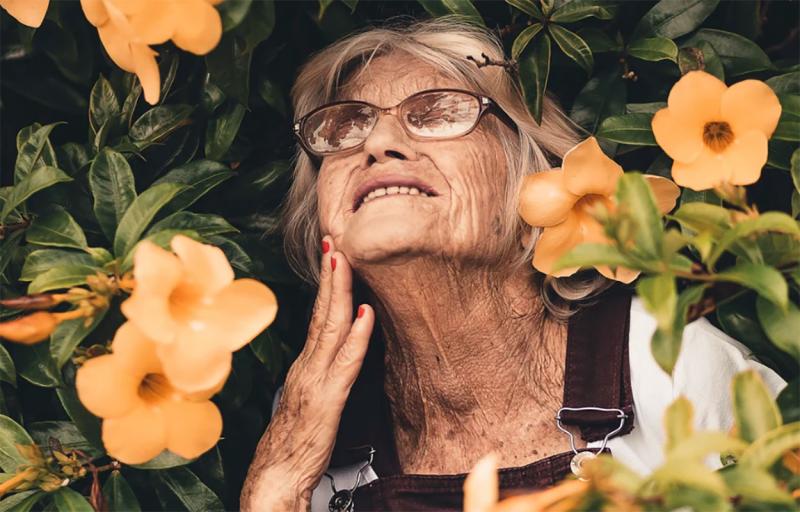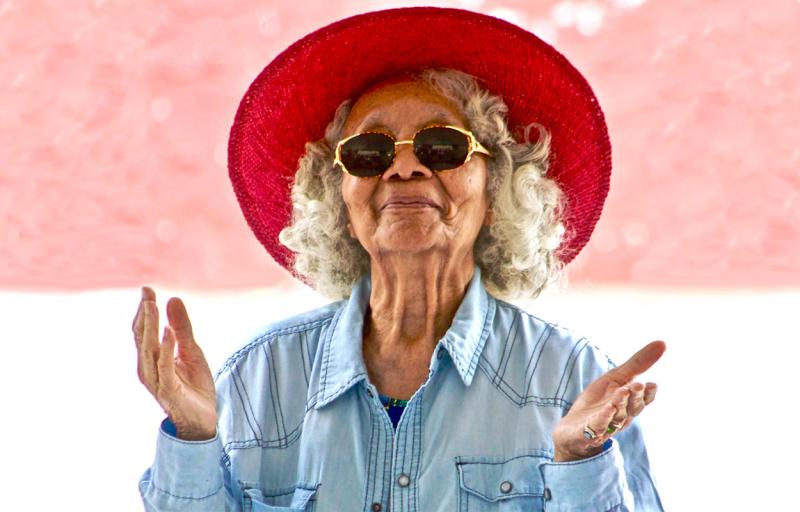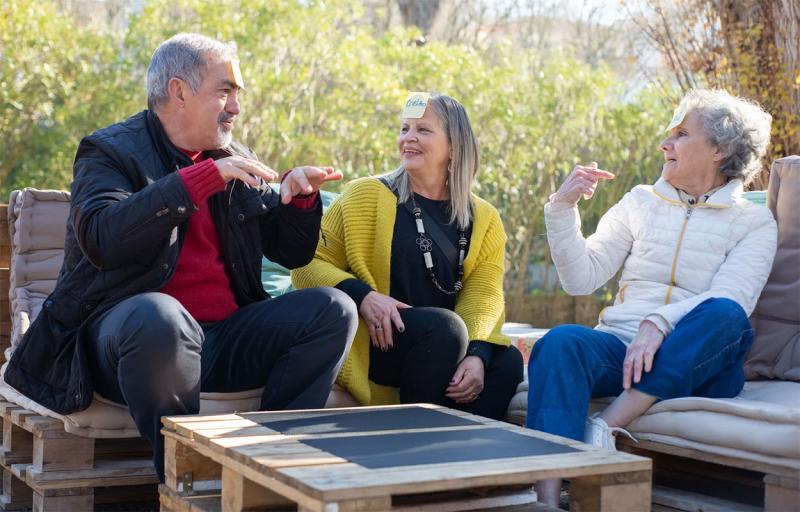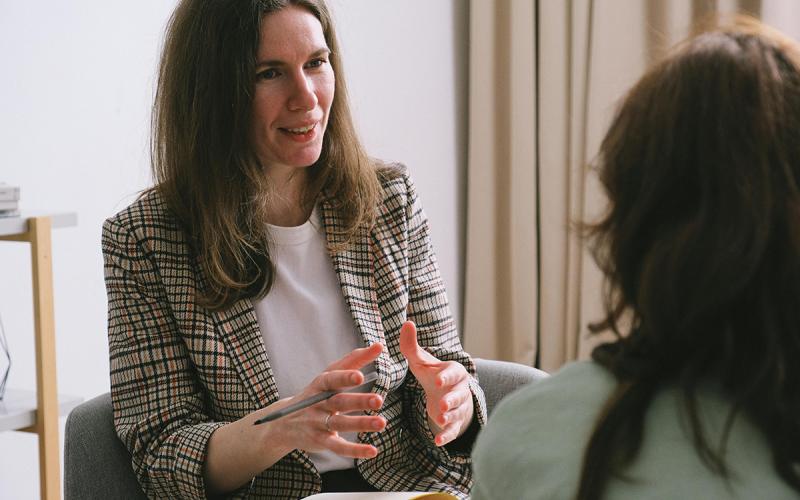Introduction

Much of what we hear day-to-day about aging highlights the challenges faced by older adults. We are surrounded by messages of failing health and increasing care needs. While these are facts of life we must all face, the positive mental and emotional changes that can occur with aging deserve equal attention.
In the 1980s, a Swedish social gerontologist named Lars Tornstam observed that existing theories in gerontology failed to account for the positive changes that occur in adults as they age. To fill this gap, Dr. Tornstam developed the theory of gerotranscendence and spent his career building empirical evidence to support his theory. He also helped other researchers develop guidelines to use the theory in care settings.
The theory of gerotranscendence describes the natural positive mental and emotional changes towards maturity and wisdom. During this developmental process, midlife goals and priorities shift to new perspectives on life, as well as new values. Individuals who are going through these mental and emotional developmental changes may need periods of positive solitude (i.e., time for contemplation and reflection). This alone time allows older people to think about the lives they lived and notice the feelings that arise while reflecting. This phenomenon is different from loneliness or isolation.
The mental and emotional changes that can occur in older adults fall into three broad dimensions (cosmic, self, and social and personal relationships). Each dimension of positive mental and emotional development has a specific set of signs. Signs are mental or emotional changes that occur in the thinking of older adults who experience development towards maturity and wisdom.
As you learn about the signs of gerotranscendence, it’s important to remember that mental and emotional development in older age is an individualized process. It is influenced by a person’s personality, their background (e.g., culture, religion, socioeconomic status, values), and their experiences (e.g., roles held at home and work, relationships, hobbies, travel). Some individuals may have many of the signs, while others may only show one or two. Absence of signs should not be viewed as a bad thing. The theory of gerotranscendence offers one way to help older adults to understand how they have changed and matured throughout their lives, allowing them to make meaning of their life and growing older.
Positive mental and emotional development is influenced by experiences in our lives. Experiences that are life changing may help speed up the developmental processes described in this article. Dr. Tornstam found that mothers tended to show signs of his theory at a younger age than men. Other life-changing events that can speed mental and emotional development are significant illness or loss of a friend or relative.
Exploring Mental and Emotional Development
Follow the links below to jump to in-depth discussions on the dimensions of mental and emotional development and also view some tips for encouraging positive development in older age.
- Cosmic Dimension
- Dimension of Self
- Social and Personal Relationships Dimension
- Tips for Positive Mental and Emotional Development in Older Age
Cosmic Dimension

The cosmic dimension are broad existential changes or shifts in perspectives about the nature or meaning of human existence. The five signs in this dimension are time and childhood; connection to earlier generations; life and death; mystery in life; and rejoicing. Below is a description of each sign.
-
Time and childhood
The distance between past and present seems to disappear. Time is no longer linear. The past and present seem to exist at once in the mind. Childhood comes to life with vivid details. Reconciliation or re-interpretation of past events may occur. -
Connection to earlier generations
Increased sense of connection to previous generations and future generations. May appear as an increased interest in genealogy. -
Life and death
Less fear of death combined with a new understanding of life and death. May have concerns about pain during the dying process, but the fear of being dead is less. -
Mystery in life
New perspective that there are things in life that cannot be explained through science or human intellect. -
Rejoicing
An increased capacity to find joy in everything from grand events to subtle experiences. Often related to nature or music.
Back to Exploring Mental and Emotional Development
Dimension of Self

The dimension of self are changes in how people view themselves in the past and present. The five signs in this dimension are self-confrontation; decrease in self-centeredness; development of body-transcendence; self-transcendence; and ego-integrity. Below is a description of each sign.
-
Self-confrontation
Discovery of both the good and bad qualities about one’s self. It could entail discovering new talents or confronting one’s demons, so to speak. -
Decrease in self-centeredness
Individuals who experience this sign no longer see themselves as most important. -
Development of body-transcendence
Individuals continue to manage health, but no longer obsess over their body and looks. Women often report greater satisfaction with their body and appearance. -
Self-transcendence
A shift from a focus on personal needs to a focus on the needs of others, especially children and grandchildren. Particularly common among men. -
Ego-integrity
Fundamental acceptance of one’s life. This may be a delicate process that requires tranquility and solitude.
Back to Exploring Mental and Emotional Development
Social and Personal Relationships Dimension

The dimension of social and personal relationships are changes in how an individual relates to other people. The five signs in this dimension are shifts in meaning of and importance of relationships with others; role play; emancipated innocence; modern asceticism (i.e., self-discipline and avoidance); and everyday wisdom. Below is a description of each sign.
-
Shifts in meaning of and importance of relationships with others
More selective about social contacts. Preference for time with close friends or relatives. Need for periods of positive solitude (i.e., time alone for the mental and emotional processes taking place in the mind). This is not the same as loneliness, which refers to a person who says they are lonely. -
Role play
An enhanced understanding about the difference between one’s self and the roles that society requires one to play. May be accompanied by an urge to abandon roles from previous stages of life. New understanding about the necessity of roles often results. -
Emancipated innocence
New skills to transcend needless conventions, norms, or rules, allowing individuals to express themselves more freely than they previously did. -
Modern asceticism
A new understanding that the last part of the life journey should include less material things. Some individuals may begin giving things away or downsizing. -
Everyday wisdom
An increased reluctance to give advice or help others make decisions born from the understanding that the distinction between right/wrong or wise/unwise is not necessarily clear or simple. Increased broadmindedness, tolerance, and humility in response to the behavior of others.
Back to Exploring Mental and Emotional Development
Tips for Positive Mental and Emotional Development in Older Age

The unfortunate news is that many people are unaware of the positive mental and emotional changes that can occur in older age. For many, this article is their first time learning about positive changes associated with aging. You may be curious how you can bring about those positive changes in yourself or someone you love. The tips below are based on the work of Dr. Barbro Wadensten, who continued Dr. Tornstam’s work after his death. She developed guidelines for staff in care facilities. The tips below have been adapted for use outside care settings.
- Choose topics of conversation not focused on health and physical limitations.
- Choose topics of conversation that facilitate and further personal growth.
- Invite older people to explore what they dream about while sleeping and what their dreams might mean.
- Encourage conversation to recall and talk about childhood/old times and how they learned and grew as a person.
- Embrace the increasing need for positive solitude.
- Engage in reminiscence activities (oral sharing, writing, small group discussions, scrapbooking, art, music, etc.).
- Participate in meditation.
Writing is a powerful tool for helping positive mental and emotional development to occur. Writing your life stories allows you to organize your thoughts around various people and events from your past and present. You may not be sure how to start writing your stories. Heirlooms: Creative Life Story Writing Workshops will set you on the path to penning your memoirs and sharing your life experiences with others.
References
- Tornstam, L. (2005) Gerotranscendence: A developmental theory of positive aging. Springer Publishing Company (ISBN: 0826131344, 9780826131348).
- Tornstam, L. (2011). Maturing into gerotranscendence. Journal of Transpersonal Psychology, 43(2).
- Wadensten, B. (2007). The theory of gerotranscendence as applied to gerontological nursing–Part I. International Journal of Older People Nursing, 2(4), 289-294.
- Wadensten, B., & Carlsson, M. (2007). The theory of gerotranscendence in practice: guidelines for nursing–Part II. International Journal of Older People Nursing, 2(4), 295-301.


